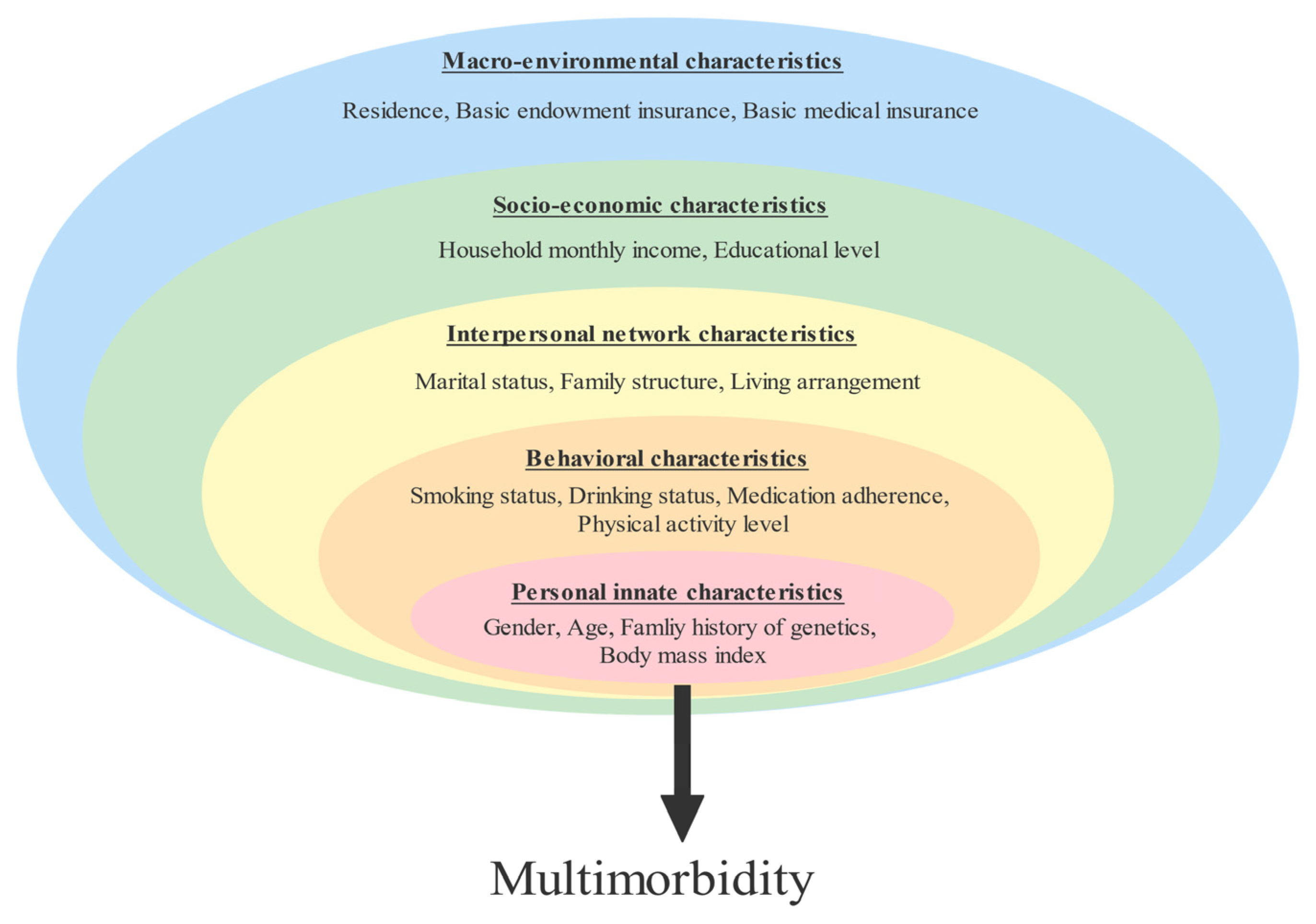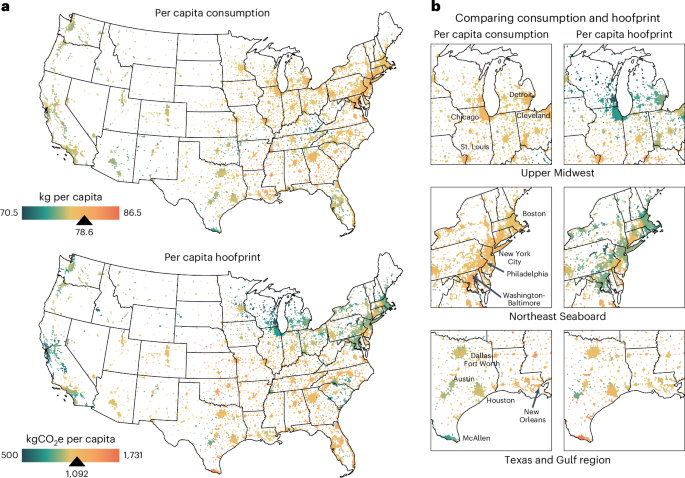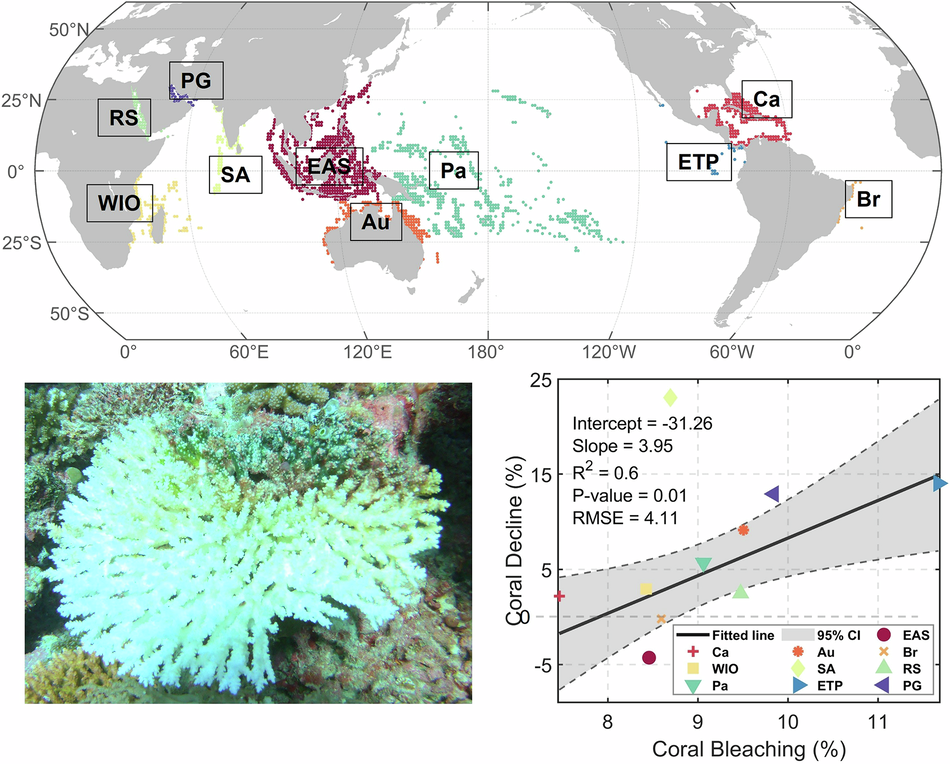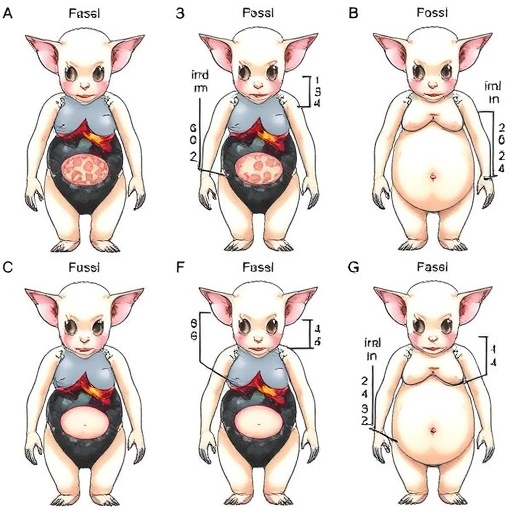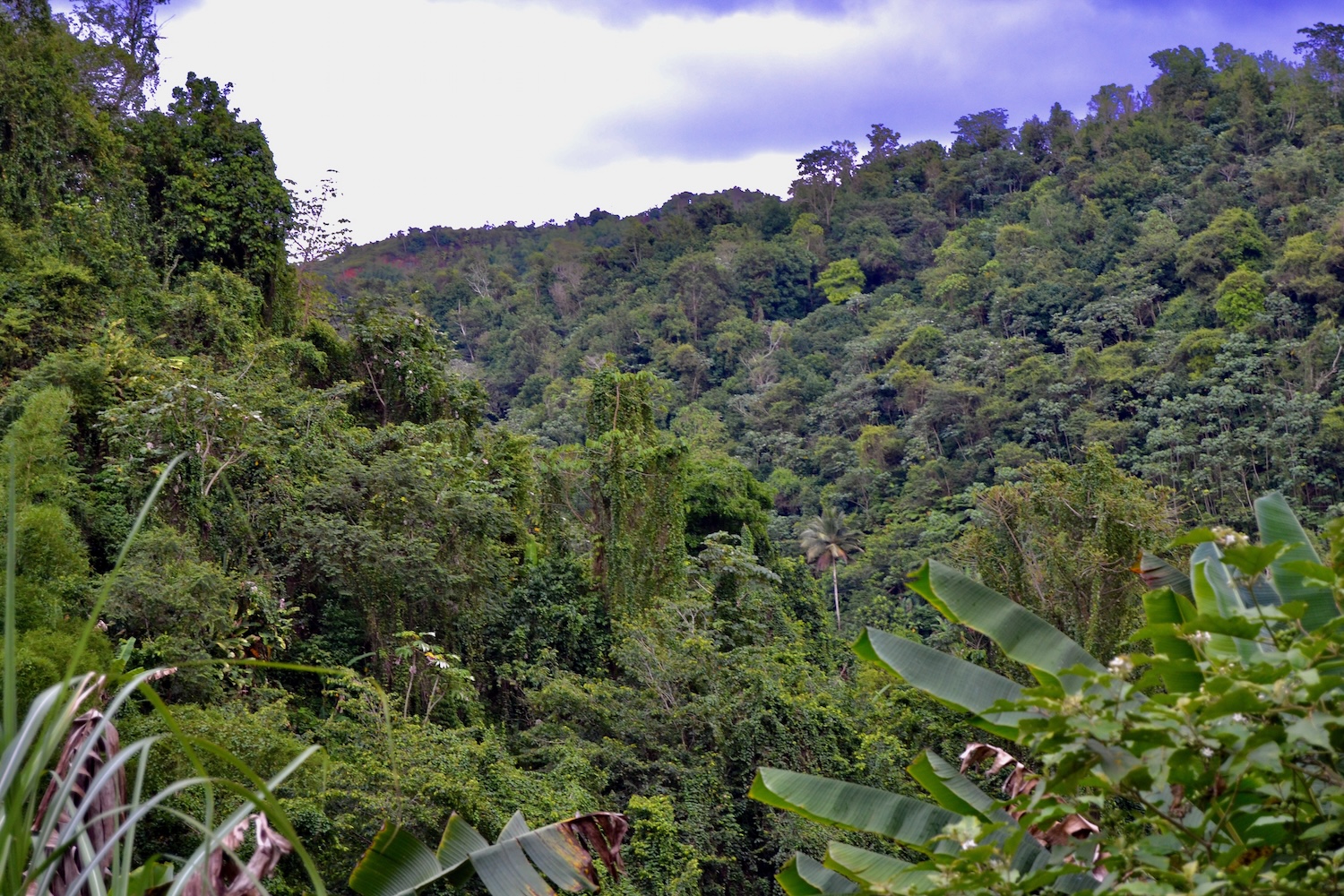Another Mexican Gray Wolf Crosses Interstate 40 in New Mexico – Center for Biological Diversity

Report on the Dispersal of Mexican Gray Wolf “Taylor” and Implications for Sustainable Development Goals
Executive Summary
A coalition of thirty-five conservation organizations has formally requested that the U.S. Fish and Wildlife Service (FWS) cease efforts to recapture a Mexican gray wolf, designated “Taylor,” that has crossed north of Interstate 40 in New Mexico. This incident highlights a significant conflict between current wildlife management policy and scientific recommendations for endangered species recovery. The situation directly pertains to the achievement of United Nations Sustainable Development Goal 15 (Life on Land) by questioning the effectiveness of politically-drawn boundaries that impede the natural dispersal necessary for genetic diversity and long-term species survival.
Case Background: The Wolf “Taylor”
The wolf’s movements underscore the limitations of the current management zone. Key details of the case include:
- The wolf crossed the I-40 boundary, a line established by policy rather than ecological necessity.
- It returned to the Mount Taylor region, an area from which it was previously captured and removed in May.
- Following its release in the Gila National Forest, the wolf traveled over 150 miles to return to this northern habitat.
- This is not an isolated incident; since 2017, four other wolves have dispersed into the same region, indicating the area is suitable habitat with ample prey and limited human population.
Policy Critique and Institutional Accountability
The collective stance of the conservation groups challenges the integrity and scientific basis of the FWS’s management strategy. This critique aligns with the principles of SDG 16 (Peace, Justice and Strong Institutions), which calls for effective, accountable, and transparent institutions. The organizations argue that:
- Management policies must be revised to reflect scientific consensus, which indicates that recovery requires wolf populations in northern New Mexico and southern Colorado.
- The current practice of capturing and removing wolves that cross the “arbitrary” I-40 boundary is an inefficient use of resources and a direct barrier to meaningful recovery.
- The case of wolf “Asha” and her family, who remain in captivity after a similar dispersal, exemplifies a systemic delay and lack of clear justification in FWS actions, undermining conservation goals.
Alignment with Sustainable Development Goal 15: Life on Land
Allowing wolves to establish territories in suitable habitats north of I-40 is critical for fulfilling key targets of SDG 15 (Life on Land). The current situation presents an opportunity to advance this goal in the following ways:
- Target 15.5: Halt Biodiversity Loss. The Mexican gray wolf is a critically endangered subspecies. Protecting individual wolves and facilitating their natural dispersal is a direct action to prevent the extinction of this keystone predator and take urgent action to halt the degradation of natural habitats and biodiversity loss.
- Target 15.1: Conserve and Restore Terrestrial Ecosystems. The re-establishment of apex predators like wolves is fundamental to restoring the ecological integrity and balance of ecosystems. The wolves’ instinct to return to areas like Mount Taylor demonstrates that these habitats are incomplete without them.
- Promote Genetic Diversity. Independent scientific analysis confirms that connectivity with northern wolf populations is essential to combat severe inbreeding within the Mexican gray wolf population. Allowing dispersal across the I-40 boundary is the most effective way to enhance genetic diversity and ensure the long-term viability of the species.
Broader Implications for Sustainable Development
The issue extends beyond a single animal, touching on broader principles of sustainable development and planning.
- SDG 11 (Sustainable Cities and Communities): The I-40 boundary serves as an example of how human infrastructure can fragment habitats. This case underscores the need for integrated land-use planning that incorporates wildlife corridors and ecological connectivity to mitigate the environmental impact of development.
- SDG 17 (Partnerships for the Goals): The unified action of 35 distinct conservation organizations exemplifies a powerful multi-stakeholder partnership. This coalition is essential for advocating for policy changes that align with global sustainability commitments.
Conclusion and Recommendations
The dispersal of the wolf “Taylor” is not an anomaly but rather evidence that current management boundaries for the Mexican gray wolf are insufficient and scientifically unsound. In the interest of achieving stated recovery goals and adhering to international commitments like the Sustainable Development Goals, a policy reassessment is urgently needed. It is recommended that the U.S. Fish and Wildlife Service:
- Allow the wolf “Taylor” to remain in its chosen habitat north of Interstate 40.
- Initiate a formal review of the Mexican Wolf Experimental Population Area boundaries, prioritizing scientific data on habitat suitability and genetic requirements over political considerations.
- Align wildlife management practices with the principles of SDG 15 and SDG 16 to ensure that conservation efforts are effective, transparent, and contribute to the global goal of halting biodiversity loss.
1. Which SDGs are addressed or connected to the issues highlighted in the article?
SDG 15: Life on Land
- The article focuses entirely on the conservation of the Mexican gray wolf, a threatened terrestrial species. It discusses the protection of this species, the importance of its natural habitat, and the need to halt biodiversity loss. The central theme aligns with SDG 15’s goal to “protect, restore and promote sustainable use of terrestrial ecosystems, sustainably manage forests, combat desertification, and halt and reverse land degradation and halt biodiversity loss.” The conflict between the wolf’s natural roaming instincts and the man-made boundary of Interstate 40 directly relates to the management and protection of terrestrial ecosystems and their inhabitants.
2. What specific targets under those SDGs can be identified based on the article’s content?
Under SDG 15: Life on Land
- Target 15.5: Take urgent and significant action to reduce the degradation of natural habitats, halt the loss of biodiversity and, by 2020, protect and prevent the extinction of threatened species.
The article is a direct call to action to protect a threatened species, the Mexican gray wolf. Conservation organizations are asking the U.S. Fish and Wildlife Service to allow the wolf “Taylor” to remain in its chosen habitat north of I-40. The text explicitly mentions the need to prevent extinction by addressing issues like “diminished genetic diversity” and allowing the species to “inhabit broader areas” for recovery. The efforts described are aimed at halting the decline of this specific component of biodiversity. - Target 15.7: Take urgent action to end poaching and trafficking of protected species of flora and fauna and address both demand and supply of illegal wildlife products.
While not about poaching in the traditional sense, the article discusses the official capture and removal of a protected, endangered animal from its natural dispersal area. The conservation groups are protesting the policy that leads to wolves being “trapped and removed” or “languishing in captivity.” This action, though legal under current rules, hinders the species’ recovery in a way that is analogous to the negative impacts of illegal trafficking, as it removes genetically valuable individuals from the wild population. - Target 15.9: By 2020, integrate ecosystem and biodiversity values into national and local planning, development processes, poverty reduction strategies and accounts.
The core conflict highlighted is the failure to integrate the biological needs of the wolf into wildlife management policy. The “arbitrary lines” and “politically determined boundaries” (I-40) are examples of planning that ignores ecosystem values. The call from conservationists to “redraw the geographic limits of the recovery area” and revise “management policies” is a direct appeal to integrate the wolf’s natural behavior and biodiversity needs into national and local planning.
3. Are there any indicators mentioned or implied in the article that can be used to measure progress towards the identified targets?
Indicators for SDG 15 Targets
- Geographic range of the species: The article heavily implies this as an indicator. The wolf “Taylor” traveling “more than 150 miles” and other wolves crossing I-40 are presented as positive signs of natural dispersal. The conservationists’ goal is to expand the officially permitted range to include “northern New Mexico and southern Colorado.” Progress would be measured by the expansion of the wolves’ inhabited territory.
- Genetic diversity of the population: The article explicitly mentions that allowing wolves to connect with populations to the north would “increase their diminished genetic diversity” and “combat inbreeding.” The genetic health and diversity of the Mexican wolf population is a clear, implied indicator of the success of conservation efforts.
- Number of protected animals removed from the wild due to policy restrictions: The article cites specific instances of this, such as the wolf “Asha” who was “captured twice” and is now “languishing in captivity,” and the potential recapture of “Taylor.” A reduction in the number of such captures would be a direct measure of progress toward allowing the species to recover naturally.
- Status of management policies and boundaries: The existence of the “rule requiring them to stay within politically determined boundaries” is the central problem. An indicator of progress would be the formal revision or elimination of the I-40 boundary rule, as demanded by the conservation groups. This would show that “ecosystem and biodiversity values” are being integrated into planning.
4. Create a table with three columns titled ‘SDGs, Targets and Indicators” to present the findings from analyzing the article. In this table, list the Sustainable Development Goals (SDGs), their corresponding targets, and the specific indicators identified in the article.
| SDGs | Targets | Indicators |
|---|---|---|
| SDG 15: Life on Land | 15.5: Protect and prevent the extinction of threatened species. |
|
| SDG 15: Life on Land | 15.7: Take urgent action to end poaching and trafficking of protected species. |
|
| SDG 15: Life on Land | 15.9: Integrate ecosystem and biodiversity values into national and local planning. |
|
Source: biologicaldiversity.org

What is Your Reaction?
 Like
0
Like
0
 Dislike
0
Dislike
0
 Love
0
Love
0
 Funny
0
Funny
0
 Angry
0
Angry
0
 Sad
0
Sad
0
 Wow
0
Wow
0












